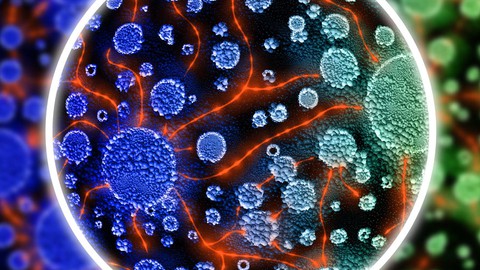
History and General Microbiology: The Foundation
Microbiology diploma and degree study the shape, structure (morphology) etc.
What you’ll learn
-
1. Use visual aids to study microbiology. This will reinforce the facts you learn by associating them with a picture and will improve memory recall.
-
2. Microbiology is the study of microscopic organisms.
-
3. those being unicellular (single cell), multicellular (cell colony), or acellular (lacking cells).
-
4. Bacteria, fungi, viruses, protozoa, and algae are the major groups of microorganisms. The vast majority of microorganisms are not harmful but rather beneficial.
-
5. Apply tried and true techniques to ease the process.
-
6. Parasitic agents.
-
And more
Requirements
-
Biological Sciences
-
Microbiologists need at least a diploma and bachelor’s degree in microbiology or a closely related program that offers substantial coursework in microbiology, such as biochemistry or cell biology.
-
Many colleges and universities offer degree programs in biological sciences, including microbiology.
-
And more
Who this course is for:
- And more
- Microbiology will always be relevant for health sciences and create numerous medical advancements in terms of understanding disease. With a major in microbiology, I am able to pursue the medical lab sciences program, and turn scientific projects into a career.






